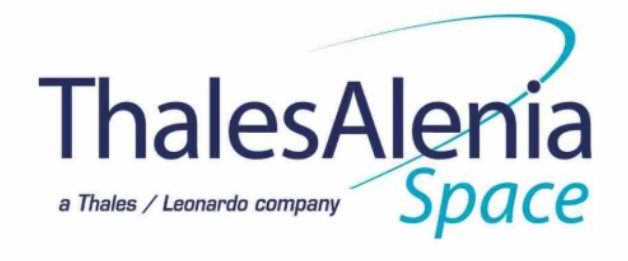-
StatusCompleted
-
Status date2016-09-02
-
Activity Code4D.029
- to assess the performance and operation of TEC elements for LNA cooling
- to develop TEC implementation concepts on the LNAs considering accommodation constraints with minimum impact on the original LNA design, in particular, without violating the hermetic sealing of the LNA and the components inside it, while minimizing the impact on the overall power, dissipation and mass budgets
- to demonstrate the performance of the developed concept by analysis and testing
- to develop an Engineering Model to be tested in relevant environment (thermal vacuum and vibration), verified via functional testing for the best configuration selected.
- to develop in parallel multiple aspects allowing the final implementation, in particular: repeatability of the attachment method for the TEC element, develop an overall control strategy for the TEC power in order to actively control the temperature on the LNA (both hardware and software)

The cooling system presents the following parts impacting on the LNA system architecture: TEC element/s mounted outside the LNA hermetic sealing: this approach does not cause any impact on the standard LNA assembly and verification process a gluing process (instead of soldering) is preferred for the EM as it allows more freedom in the system concept definition/modification, although soldering is also possible, increasing performances but also reducing tuning activities for the EM (it can be analysed within a follow-up study) a temperature sensor is also mounted outside the LNA not to violate the hermetic sealing the control electronics find allocation below the LNA, inside Interconnection Module, filling the available space. The solution is almost not impacting the standard architecture in terms of volume as the control electronics finds accommodation in the empty space below the interconnection module. The solution presents a total power consumption of the cooling solution of 2.2W (for each LNA) plus 0.39W for the control electronics and ca. 125 grams additional mass.
Project completed in May 2016.
Final review on the 7th of June 2016.





